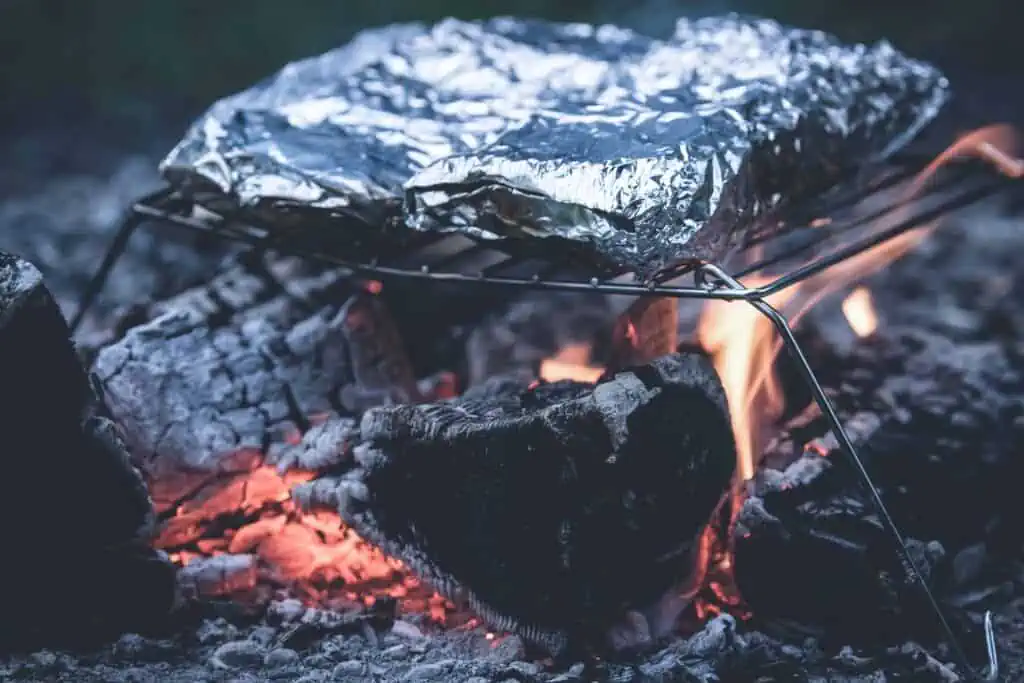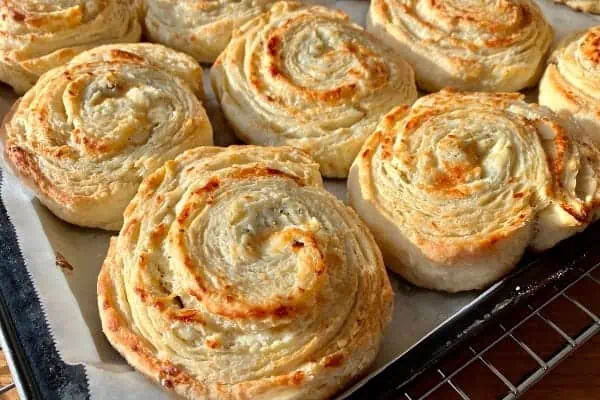
Aluminum foil, commonly called tinfoil, is a great way to cook many dishes and leaves you with no dirty pots and pans to add to a cleanup.
Tinfoil comes in a variety of strengths, thicknesses and durability, and being aware of that fact will help you to purchase the foil you need. They all promise strength and durability, but like a lot of “Buy me! Buy me!” promises, many aren’t telling the truth and you’ll realize that with the first potato you try to wrap. Potatoes do not have pointed ends, so they should be really easy to wrap in foil. Sadly, the cheaper foils can let you down and tear, requiring that you carefully add more foil to prevent burning the spud.
I do believe that picking the more-expensive foil will help prevent any weakness problems. I have also found that commercial rolls (longer and wider) are often tougher than the ones produced for kitchen use. Being wider, in many cases, means that the width can be used for coverage, which reduces waste.
OK, so now that we have foil that won’t let us down at dinnertime and that is reusable (depending on the primary use), let’s wrap something in foil and cook it. Many heat sources work, but, most commonly, cooking in foil happens on the barbeque, over a campfire or in a regular oven. A cast-iron frying pan, over moderate heat, works fine also (a lid also helps but is not essential).
Some successful suggestions include carrots cut into half-inch slices, some olive oil and cinnamon, potatoes that are quartered or sliced (not through), with or without thin onion wedges on each slice, with oyster sauce and pepper (oyster sauce is salty all on its own.) Cabbage lends itself to a variety of tinfoil recipes that include olive oil, steak spice, parmesan or other grated cheese. Just cut out a big chunk of the cabbage head, add the ingredients and wrap in foil. Acorn squash, broccoli, eggplant, zucchini, peppers, onions (red or white), sweet potatoes and celery will all work well. Your choice of spices will be determined by the flavour of the produce.
A barbecue or campfire offers different cooking temperatures and it’s up to you to figure that out. Generally speaking, a campfire is hotter near the center, and a barbecue is generally fairly uniform (except at the edges), but on a barbecue, there is often another cooking shelf above the high-heat grate.
Experimenting is always part of the challenge, but these suggestions should provide you with a more-than-acceptable product.




